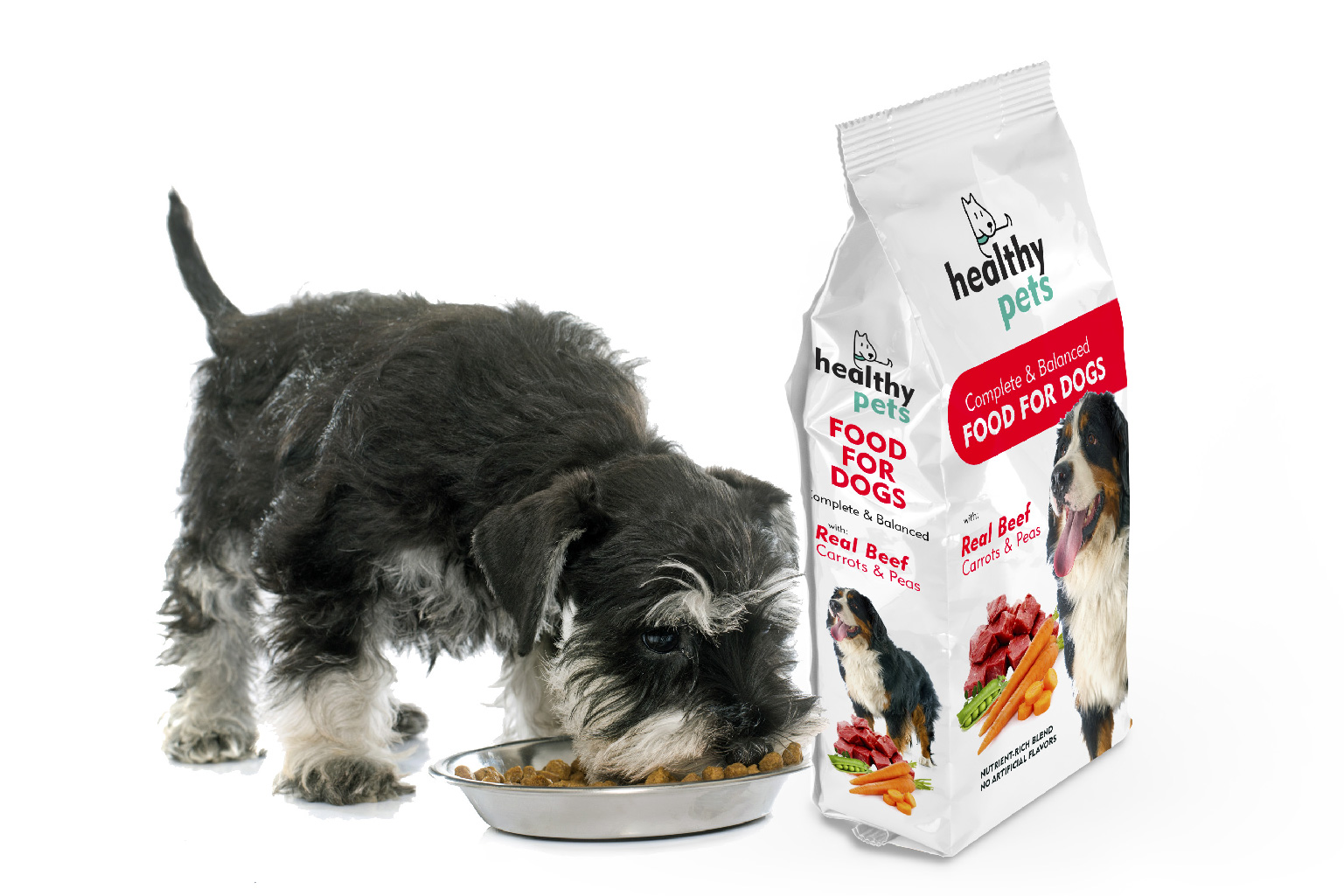We love our pets!
We love our pets, and we’re clearly not the only ones! Pet ownership is on the rise in the US with 68% of households owning pets. So it’s not surprising that the number of options for pet food and treats in the US has exploded in recent years. In fact, GfK reports the number of brands has increased 71% since 2011. The US pet food market is expected to reach $30 billion in 2022 and is anticipated to grow at a compound annual growth rate (CAGR) of 3.36% between 2017 and 2022, according to Zion Market Research.
Pet owners are also treating their furry friends more like members of their family than they have in the past. This means they are paying closer attention to specific dietary restrictions, taste preferences, and caloric needs. This means companies are creating more specialized and complex pet food formulas which are often high-meat, high-fat, and low in starch. These formulas require premium packaging features that offer product stability and protection, shelf appeal and sustainability. Flexible packaging has become a go-to choice for brands because it ticks all of these boxes.
Packaging is consumers first interaction with your product so it needs to be eye-catching to grab their attention, and with excellent printability flexible packaging helps designs comes to life (check out our printing capabilities HERE).
Flexible packaging also offers consumers conveniences such as food and treat bags that are easy to open, resealable, and saves space in their pantres. This is also a bonus for brands as packaging that takes us less space on shelves means that brands can launch a larger variety of products in stores.
The advantages of flexible packaging are more than meets the eye. Films used in flexible packaging creates a strong barrier which preserves the flavor, scent, and freshness of the product inside while also blocking it from outside contaminants like bacteria, pests, odor, light, and moisture. This makes products last longer on shelves and in consumers homes.
Flexible packaging is also more sustainable than other types of packaging because they use less material and it takes less energy to produce. Many are also made with recyclable plastic.
With all of these advantages, it’s no wonder that flexible packaging is taking over the pet food aisle.
